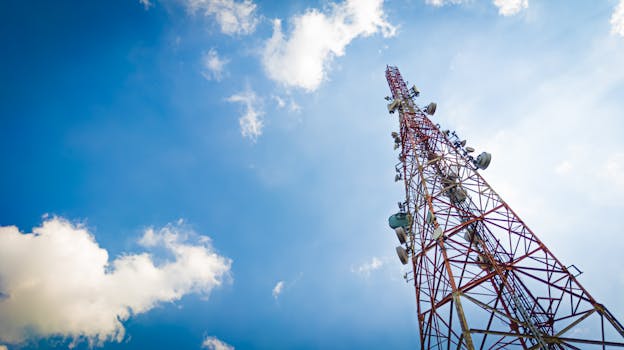
MEO Satellites: Revolutionizing Global Communication with Medium Earth Orbit Technology
Medium Earth Orbit (MEO) satellites are a type of satellite that operates in an orbit between 2,000 and 36,000 kilometers above the Earth’s surface. This orbit is higher than Low Earth Orbit (LEO) satellites but lower than Geostationary Orbit (GEO) satellites. MEO satellites have gained significant attention in recent years due to their unique characteristics, which make them an attractive option for various industries, including telecommunications, navigation, and Earth observation.
Introduction to MEO Satellites
MEO satellites were first introduced in the 1990s, but it wasn’t until the 2000s that they started gaining popularity. The main advantage of MEO satellites is their ability to provide high-speed data transfer and wide coverage area, making them ideal for applications such as satellite communications, navigation, and Earth observation. MEO satellites are also less prone to interference and have a longer lifespan compared to LEO satellites.
One of the key benefits of MEO satellites is their ability to provide global coverage with a relatively small number of satellites. This is because MEO satellites have a much wider footprint than LEO satellites, which means they can cover a larger area with a single satellite. This makes MEO satellites a cost-effective option for industries that require global coverage, such as telecommunications and navigation.
Applications of MEO Satellites
MEO satellites have a wide range of applications, including satellite communications, navigation, and Earth observation. In the field of satellite communications, MEO satellites are used to provide broadband internet access, mobile networks, and other communication services. They are particularly useful in areas where terrestrial infrastructure is limited or non-existent, such as remote or underserved communities.
In the field of navigation, MEO satellites are used to provide location information and timing signals, which are essential for various applications, including aviation, maritime, and land transportation. MEO satellites are also used in Earth observation, where they provide high-resolution images of the Earth’s surface, which are used for applications such as weather forecasting, crop monitoring, and disaster response.
Another application of MEO satellites is in the field of scientific research, where they are used to study the Earth’s atmosphere, oceans, and land surfaces. MEO satellites are also used to monitor the Earth’s climate, track changes in the environment, and predict natural disasters such as hurricanes and tsunamis.
Benefits and Challenges of MEO Satellites
MEO satellites have several benefits, including high-speed data transfer, wide coverage area, and long lifespan. They are also less prone to interference and have a lower cost per satellite compared to GEO satellites. However, MEO satellites also have some challenges, including the need for complex orbital management, high launch costs, and limited payload capacity.
Despite these challenges, MEO satellites are becoming increasingly popular due to their unique characteristics and benefits. They are particularly attractive to industries that require high-speed data transfer, wide coverage area, and low latency, such as telecommunications, navigation, and Earth observation.
In conclusion, MEO satellites are revolutionizing global communication with their unique blend of high-speed data transfer and wide coverage area. They have a wide range of applications, including satellite communications, navigation, and Earth observation, and are becoming increasingly popular due to their benefits and advantages.
Future of MEO Satellites
The future of MEO satellites looks promising, with several new constellations and systems being developed. One of the most notable examples is the O3b constellation, which is a network of MEO satellites that provides broadband internet access to underserved communities. Another example is the Iridium NEXT constellation, which is a network of MEO satellites that provides mobile satellite communications services.
In addition to these constellations, there are several new technologies being developed to improve the performance and capabilities of MEO satellites. These include advanced propulsion systems, high-gain antennas, and sophisticated signal processing algorithms. These technologies will enable MEO satellites to provide even higher speeds, lower latency, and wider coverage areas, making them an even more attractive option for various industries.
In conclusion, MEO satellites are a rapidly evolving technology that is revolutionizing global communication. With their unique blend of high-speed data transfer and wide coverage area, they are becoming increasingly popular in various industries, including telecommunications, navigation, and Earth observation. As new constellations and technologies are developed, MEO satellites will continue to play a vital role in shaping the future of global communication.




